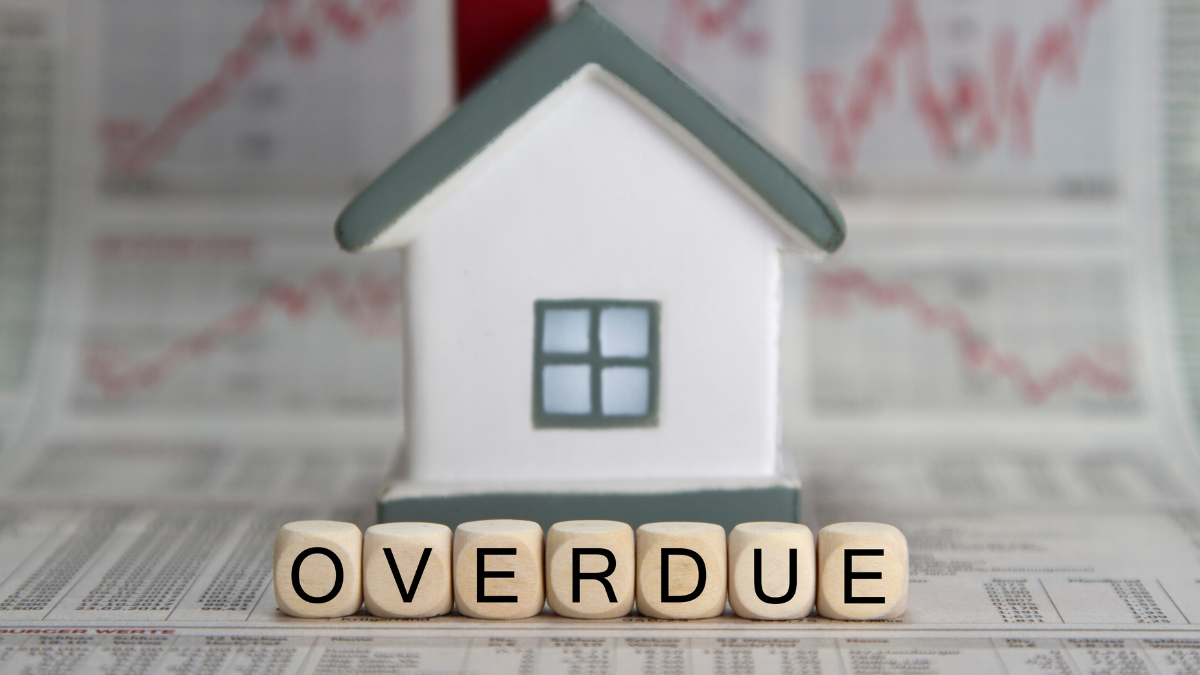Why is Build-To-Rent Thriving?
With a restricted supply of properties to buy in the UK currently, there is an increasing demand for rental opportunities. Therefore, in response to this gap in the market, BTR developments have emerged as a high-quality alternative to home ownership. This reality, partnered with rising property prices, has made renting one of the only viable options for many.
The Private Rented Sector is changing; with fewer landlords due to tax cuts, energy efficiency requirement changes, and the Renters Reform Bill, the BTR sector is likely to thrive as a result. Quite simply, a changing private rented sector is an enormous opportunity for BTR. A lack of available rental options, and increasing fees due to financial pressures on private landlords, does not rest well with potential tenants.
Instead, expertly managed homes with professional landlords and the inclusion of attractive amenities, will prove to be a superior offer. In fact, BTR already offers tenants many of the items the government wants to introduce in the Rental Bill, including flexible tenancies, allowances for pets and décor changes, greater tenancy security, and more.
Additionally, the rental property market has seen a gradual shift in lifestyle preferences; an increasing number of tenants are looking for a more communal experience. BTR developments cater specifically to this growing demand by providing a range of amenities and services which appeal to renters, such as on-site gyms, co-working spaces and communal areas. Through this, BTR inspires a sense of community and belonging for tenants, encouraging greater retention and a steady flow of stable income in the long run.
How Does Build-To-Rent Promise Long-Term Profits?
Unlike traditional property investments whereby empty apartments and fluctuating market conditions can impact a landlord’s income, BTR offers a steady and reliable income stream over a far longer period. These properties are designed to specifically fulfil the needs and preferences of renters, attracting tenants committed to a long-term stay.
Whilst this stability in rental income acts as the primary contributor to long-term profitability, there is also the potential for both asset and capital appreciation, assuming the development is well-located. This could be due to a number of factors such as urban growth, the current state of the UK’s housing market, infrastructure development in the surrounding area, and more. For whatever reason, should you eventually decide to sell the property, the potential for long-term returns is boosted even further.
In the vast majority of cases, BTR developments will comprise of multiple units in a single development, with the average BTR development under planning as of 2022 Q4, comprising of 279 units.Through economies of scale, developers can spread construction, operation, and management costs over a larger number of units, reducing the average cost per unit and improving profit margins before the units are even filled.
How Can a Property Management Company Streamline and Oversee the Process?
It is often the case that landlords prefer to manage their properties alone, but for BTR developments, this typically isn’t a feasible option. With such a vast number of units to oversee, it would undeniably prove challenging to deal directly with tenant enquiries, maintenance issues, and property upkeep, especially if the landlord is located outside of the development area.
It’s for this reason that a BTR landlord typically employs a professional property management company to assist with the running of their development. They subsequently act as the point of contact for tenants, ensure rent is paid on time, resolve maintenance issues in a timely manner, and ultimately ensure the provision of a hassle-free rental experience.
Through this, retention rates are optimised, vacancies and lost income is kept to a minimum, and the long-term value of the property itself is protected. With the professional oversight of a property management company, investors need not worry about the day-to-day running of their developments, giving them the freedom to go about their life without having to be on hand to settle queries and issues.
Overall, build-to-rent developments are becoming a popular solution among potential buyers as we continue to navigate a strained and limited property market. Meanwhile, such developments offer landlords long-term financial security and the aid of qualified property managers who promise to help streamline all parties’ experiences. Throughout 2023, this corner of the industry is likely to continue thriving.
* Simon Smith is Leasing Manager at POD Management *
Want to comment on this story? Our focus is on providing a platform for you to share your insights and views and we welcome contributions.
If any post is considered to victimise, harass, degrade or intimidate an individual or group of individuals, then the post may be deleted and the individual immediately banned from posting in future.
Please help us by reporting comments you consider to be unduly offensive so we can review and take action if necessary. Thank you.













.jpg)









%20(002).png)




.png)





Join the conversation
Jump to latest comment and add your reply
The sky high rents charged for shoe boxes in the sky by btr operators will have the same effect as purpose built student ghettos, setting the rate which normal Landlords can charge for normal properties in the heart of the community where everything can be got without jumping into a car.
Normal Landlords should welcome the higher rents which these developments will allow but shouldn't ever invest in them. They may well turn out to be the new time share investment, crippled by high ongoing maintenance and management charges and unlikely to outlive Victorian properties, already over 120 years old and still providing excellent spacious homes.
The build to rent sector will become the corporate slums of the future. Expensive poor quality hutches to house the masses. Corporate interest and corrupt Gov working hand in hand.
Robert Brown and A JR you are both correct. The banks will sell them on to foreign investors, who will need to charge a fortune. It could also end as a type of sub prime crisis, where the taxpayer bails out the banks, again.
The slum ghettos of the future, nice.
Please login to comment